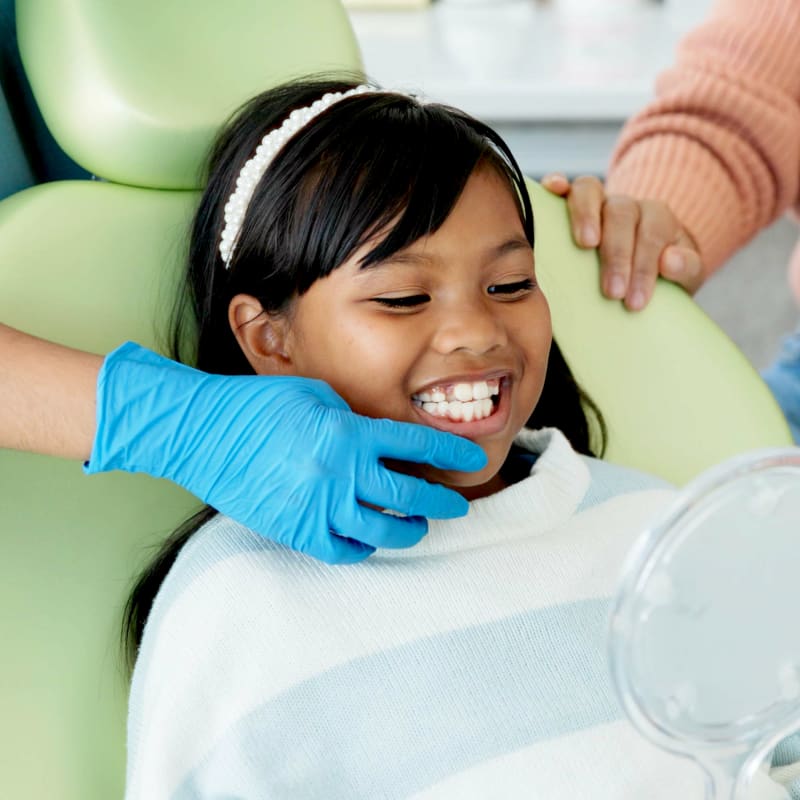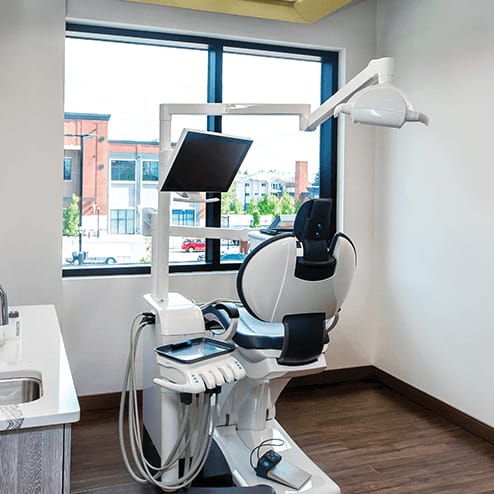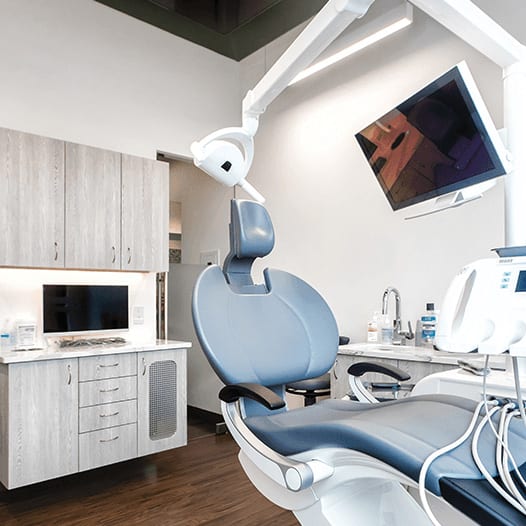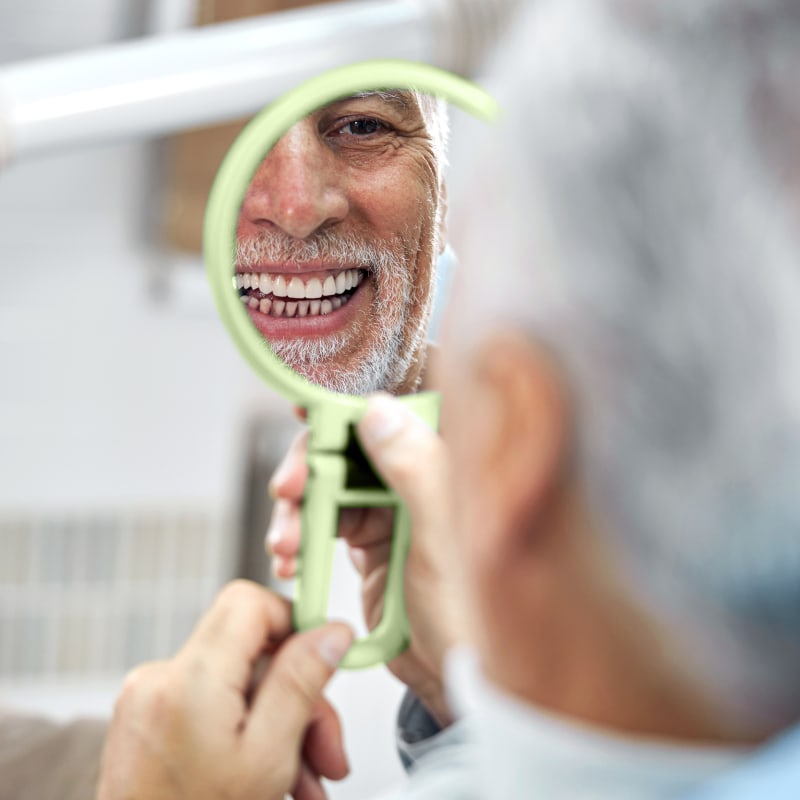Your Smile is Our Priority
Looking for a dentist in Edmonton? We look forward to meeting you! Visit our beautiful dental office, where our dedicated team is ready to welcome you.

Welcome to Oliver Park Dental, Your Dentist in Edmonton
Enjoy personalized dental care designed to meet the needs of patients of all ages. We prioritize your oral health and comfort, and strive to create a warm, welcoming environment for everyone we serve.
Our team is proud to care for the dental needs of the Edmonton community. We offer flexible appointment times – including evenings and same-day visits – as well as emergency services and a range of cosmetic and restorative treatments. Plus, we make things easier with short wait times, direct insurance billing and free on-site parking.

Your Straighter Smile Awaits
Talk to us about how Invisalign clear aligners can help you achieve a straighter smile.
Open Evenings & Weekends
We understand that you have a busy schedule. That’s why we keep our office open at the times most convenient for you—so you don’t have to make compromises.




Cosmetic Dental Services in Edmonton
Whether you're interested in teeth whitening, veneers, dental bonding, or a restorative service such as a crown or implant, our team can help you achieve the smile you've always wanted.
At Oliver Park Dental, we offer a range of cosmetic dental treatments to help restore your smile. Our Edmonton dentists will work closely with you to create a personalized treatment plan tailored to your needs.
Located in Edmonton's Brewery District
We serve patients in Wîhkwêntôwin, Westmount, Queen Mary Park, Glenora, and the surrounding areas. Our dental clinic is easily accessible by public transit and also offers free on-site parking.





